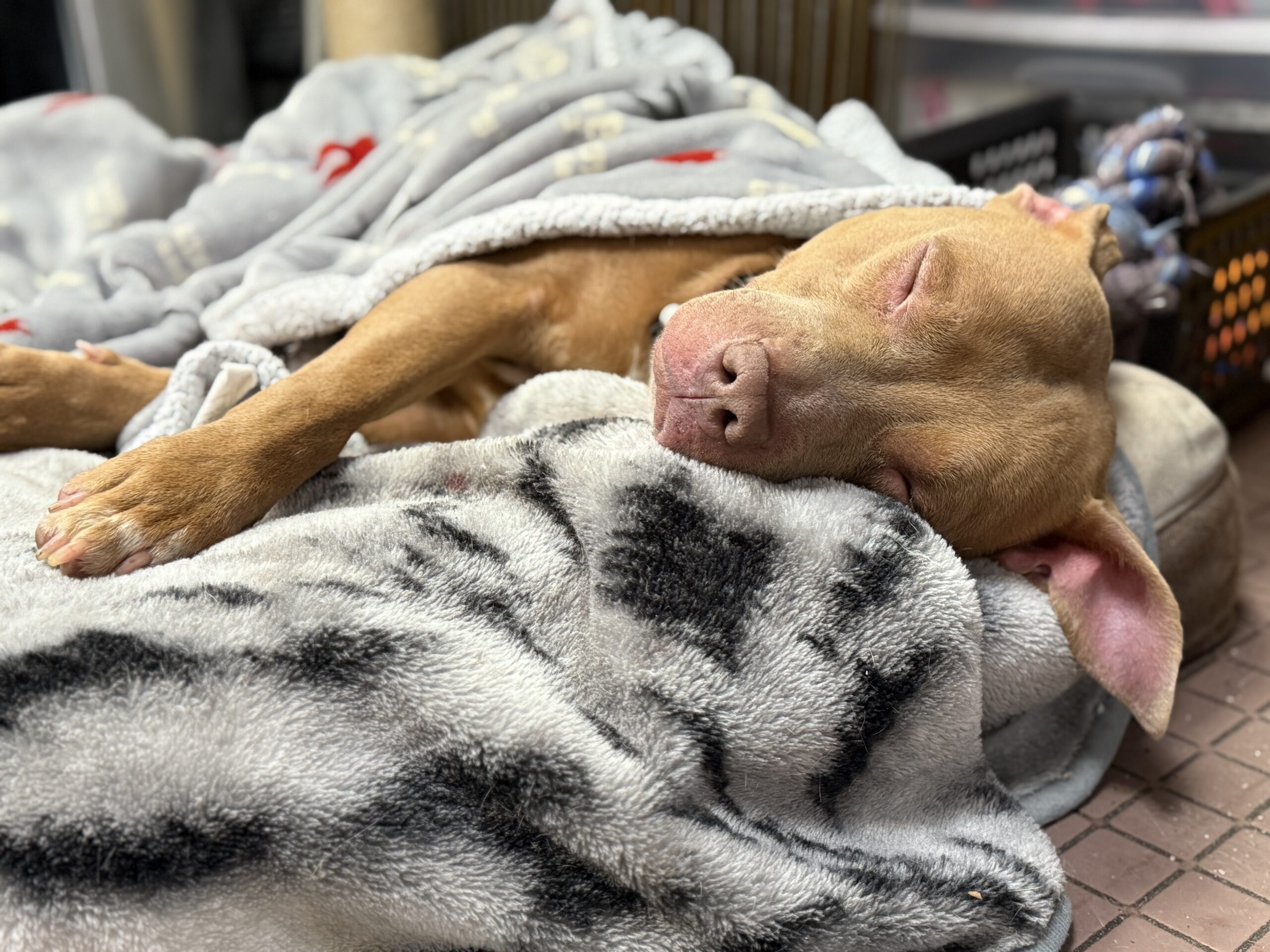WIP Owner Mary Kate Doyle’s Fight to Find a Life-Saving Cure for Two of Her Children

Audio By Carbonatix

Jack (left) and Annabelle Doyle must test their blood sugar multiple times a day to control Type 1 diabetes. Courtesy photo
Mary Kate Doyle of West Hartford shares the story of her children’s diagnosis with Type 1 Diabetes, and a quest for a cure and a ‘normal’ life. She will hold a fundraiser for JDRF at WIP Fitness in both West Hartford and Avon on Nov. 21 and Nov. 22.

Jack (left) and Annabelle Doyle must test their blood sugar multiple times a day to control Type 1 diabetes. Courtesy photo
By Michelle Bonner
When Work in Progress co-owner Mary Kate Doyle’s 4-year old daughter Annabelle started having “accidents,” Doyle never once thought about a shorter life expectancy for her daughter, nor did she ever once think about amputations, blindness or kidney failure. Instead, Doyle did what so many mothers did, she thought it’s just not that unusual for a 4-year-old to have accidents.
But when Doyle learned from her daughter’s teacher that Annabelle’s normally outgoing and happy personality was replaced with fits of rage over what Doyle calls “trivial” things she knew something was very wrong. “Her teacher said she threw a fit when she couldn’t get her straw in her juice box,” says Doyle. “Annabelle’s temperament was so easygoing. Between the accidents and her behavior, I just knew it was diabetes.”
Doyle’s intuition was born from a longtime friend whose daughter had the same experiences as Annabelle and was diagnosed with diabetes at the same age. Doyle’s hunch became a reality when Annabelle was officially diagnosed with Type 1 Diabetes. That was four years ago. And now not a day goes by without Doyle thinking about her daughter having a life expectancy 13 years shorter than a female without diabetes, and the risks of blindness, kidney failure and amputations.
To look at Annabelle is to see a “normal” 8-year-old: happy, energetic, full of life, and as appearances go, “healthy.” But Annabelle’s “normal” means waking each day with a prick of the finger to test her blood sugar, which will decide what she will have for breakfast. If her level is too high, she’ll have an all protein breakfast. If her levels are good Doyle will count and calculate the carbs and tell her insulin pump to give her the corresponding amount of insulin. Annabelle then heads off to school with the never-ending reminder each and very morning: “Don’t forget your kit.” The KIT. It is the bag that contains test strips, extra pods, fast acting sugar, a glucose tester, ketone strips and additional essentials to help keep Annabelle alive.

Jack (left) and Annabelle Doyle both have Type 1 diabetes. Courtesy photo
While many parents mantra in the morning is focused on “Did you pack a snack?”; “Did you remember your homework?”; “Where’s your warm jacket?” Doyle’s chant is packed with expressions of “If you feel low tell the bus driver … don’t forget your kit,”; “Do you have sugar in your kit? … don’t forget your kit”; “Is your pod going to expire? … don’t forget your kit”; “Did you write the amount of carbs in your lunch box? … don’t forget your kit”; “Do you have enough strips? … And DON’T FORGET YOUR KIT.”
“We sometimes live an entire day in one morning,” says Doyle. The six-plus hours that Annabelle is in school is six-plus hours of worry for Doyle, every single day. “Thankfully we have an amazing nurse that helps take excellent care of Annabelle, but there is the blood sugar testing and the insulin administering. Low blood sugars often mean missing recess or specials, and that’s tough for an 8-year-old.”
After school Annabelle does what every “normal” child her age does, whether playing a sport or having a playdate with a friend which requires a whole new set of considerations.
And then there is nighttime, and while this is a time of day that can be scary for many children, parents of T1D kids are even more frightened. Even with the advent of continuous glucose monitors (which is an additional device that Annabelle wears) that reads their blood sugar (with marginal accuracy) and alerts Doyle of any fluctuations of blood sugar during the night, parents of T1D kids sleep on average one hour less a night than parents with healthy children. “There is so much to consider when going to bed with type 1 diabetes. ‘When was your last meal, what did you eat and how active have you been’,” says Doyle. “The fear of all parents is that your child will have a low blood sugar in the middle of the night, so we set alarms and test our kids periodically at 2 a.m. and 5 a.m., and listen for those near constant alarms which more often than not are not even accurate. We get up and we test our kids in the middle of the night and hope that they are not low, because that means waking them up and forcing them to drink juice, that is if we can get them to cooperate and then to try and brush their teeth because we don’t want cavities either.”
It is the Doyle’s “normal,” a constant a minefield of decision making. So imagine that moment, when Doyle finally got a handle on her daughter’s disease, some three years after her diagnosis, and she learns her then 8-year old son Jack was also diagnosed with Type 1 Diabetes. “That was one of the worst days of my life,” says Doyle, who has no history of diabetes on her or her husband John’s side of the family. “I still can’t write about his diagnosis without the tears.”
“My husband and I had been in NYC for the weekend celebrating our 10th wedding anniversary and our three kids, Jack, Annabelle, and Charlie, were staying with my dad and step mom in West Hartford. John and I returned from our trip and the kids had just come home from their soccer games and were having lunch. Jack came in and poured a glass of water and my dad says, ‘There’s my thirsty boy.’ My mind instantly went to a place I never thought I’d have to go again. I inquired about what he meant and asked if he had also been going to the bathroom a lot. On cue Jack ran to the bathroom. It’s very easy to confirm a diagnosis of T1D when there is a diabetic already living in the house. But it wasn’t easy to test Jack. Just two weeks earlier I needed a nurse to help restrain him for his flu shot; Jack (unlike Annabelle) is terrified of needles. We decided we would check Jack in his sleep that night.”
Doyle then headed off to work at the gym with her son Charlie, but she wasn’t gone long when she got a call from John. “I just knew it was not good news. I was at a stop light when I picked up the phone and all I heard was ‘its going to be okay but you need to come home, we have to go to the hospital, I tested Jack and the meter just said HIGH.” (This indicated a blood glucose level over 600; normal (non-fasting) blood glucose for a kid Jack’s age is 80-140). I immediately pulled the car over, got out and screamed like a crazy person. Poor Charlie, my screaming scared him to death. That moment in time is still so raw that I try, at all cost, to avoid driving by this street off Trout Brook and will often drive an extra 5-10 minutes out of my way just so I can avoid the memory of that moment.”
That moment made even more tragic for Doyle’s heart when Jack’s first words to her were “Maybe it is Type 2 diabetes, there is a cure for that one.”
“Wow, my heart just shattered,” says Doyle. There is no cure for Type 1 Diabetes. “I think people expect it to be easier the second time you get such crappy news, but its not. You know exactly what you are in for. It is also much harder to manage a chronic illness with an anxiety-laden 8-year-old boy who is deathly afraid of needles than it is a laid back 4-year-old who didn’t know what she was in for which includes a shot every single time they want to eat, for the rest of their lives.”
“I’m not going to lie,” says Doyle. “This sucks. It really does. But this is our reality and we are constantly reminding ourselves ‘this could be worse.’”
Doyle is so grateful to the incredible advancements being made every day for this disease, including the continuous glucose monitors (CGM) her kids wear which allows her to wake to her 4 a.m. alarm to see blood sugar levels that give her enough comfort to lay her head back down. “I don’t even want to think about what would happen if they didn’t have those monitors.”
Doyle is also grateful for the life lessons being learned, especially by Jack whom she says has morphed into a strong and brave young man. “It wasn’t too long ago that the kids were getting their flu shots and he actually volunteered to go first. I hate that a chronic life-threatening disease has to be the thing to teach him these qualities, but we’ve come to love when we find silver linings.”
What Jack and Annabelle need is a cure and the best chance for a cure are donations that will help with the research.
On Saturday, Nov. 21, and Sunday, Nov. 22, Doyle will be hosting her annual Juvenile Diabetes Research Foundation (JDRF) fundraiser at Work in Progress (WIP). Saturday’s event will be held at the Avon location: 369 West Main St. (Rt. 44) with workouts at 8 a.m. and 9 a.m. and Sunday’s will be held at the West Hartford location: 485 New Park Ave., West Hartford with workouts at 8, 9 and 10 a.m. The workouts each morning will be free, but attendees are strongly encouraged to make a donation. In addition to free workouts, there will be silent auction items up for bid.
“As a mother I could not be any more proud than I am of Annabelle and Jack, who live with this disease with such courage and grace. I hope that through our efforts to raise awareness we will one day be able to say ‘Annabelle and Jack USED to have diabetes.'”
For more information on the JDRF fundraiser you can contact Mary Kate Doyle at [email protected] or 860-231-8044 or log on to http://wipfitness.com/jdrf-.
Like what you see here? Click here to subscribe to We-Ha’s newsletter so you’ll always be in the know about what’s happening in West Hartford!




[…] West Hartford businesses are great in so many ways, including generosity in raising money for charitable organizations. WIP Fitness will hold a fundraiser for JDRF next weekend. It’s a cause that’s very near and dear to owner Mary Kate Doyle’s heart because she has not one but two children with Type 1 diabetes. Read her story of a quest for a normal life by clicking here. […]